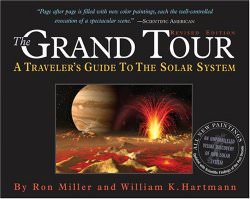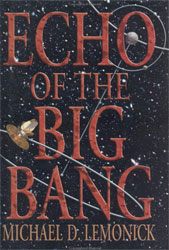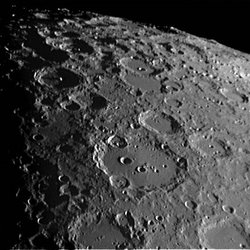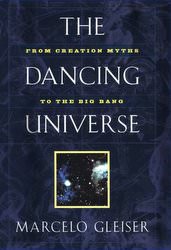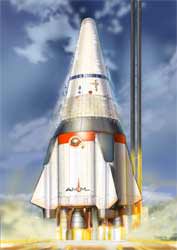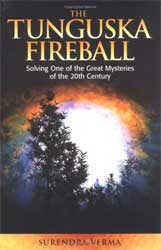
Humans and high speed vehicles have been getting together for a long time. The need for added speed keeps us experimenting. From two horse chariots to four horse, or galleons to schooners, we keep finding ways of getting ourselves moving faster and further. Rocket power swiftly followed the advent of planes, giving us freedom from the grip of land. Then ballistic missiles sent us past the slight friction of our atmosphere and into the near complete emptiness of space. With every advent of new technology and speed, there were flaws and errors. A chariot wheel fractures and dumps the drivers onto the ground. This may lead to no more than a bruised ego. But, when a thin ring of rubber fails on a rocket, the results are much more disastrous. Sad as this may be, one of humanity’s common traits is a greater interest in failures than successes. Hence, though we have made many successful flights into space, it is the failures that interest most people, even a long time after the event and it is this trait that gets treated with this book.
To satisfy this interest, Richard Lawrence has compiled a collection of stories, narrations and articles. These cover the time from planes using rockets in 1953 to the launch of the Rosetta mission in 2004. There is Neville Duke an early air speed record holder who describes rocket flight. Chuck Yeager powers through a description of his first transition through the sound barrier. Buzz Aldrin depicts Apollo 11’s landing, while Lovell repaints his sojourn in Apollo 13. As well, Lawrence with Bryan Burrough, provide their own rendition of the time a Progress supply vessel crashes into the Mir space station. These and others in the collection bring back to life many of the most memorable crises of humans and rocketry.
In addition to the events themselves, the styles of the presentations show the maturation of the technology. The early stories usually refer to only one person who was fully integrated with the craft and often referred to it as an extension of themselves. Later narrations, in particular the very dry excerpts from the commission’s report on the Challenger and Columbia accidents, show the remote controlled nature of flight even to the associated communications. Exceptions do occur though as Jerry Linenger eloquently echos his feelings of almost uncontrollable terror while dangling in the void of space at the end of a boom extending from the Mir station.
In editing, Richard Lawrence chose an excellent collection of narrations covering humans and rocketry. By selecting first hand accounts, or very well placed second hand accounts, he continually places the reader directly at the event. He provides clarification by adding a few paragraphs before each selection to aid the reader in understanding the situation. Though these articles represent a quite superficial and somewhat negative view of humanity’s progress with rocketry, as indicated by the sensationalist title, still many youths might be pleasantly swayed by much of the emotional delivery. That is except for the very dry and bureaucratic style of the selections for the Challenger and Columbia accidents. Certainly there are other thoughtful, technically accurate and strongly emotional narrations for these.
For many good and bad reasons, people contentedly place themselves into perilous situations. Perhaps this is the nature of humanity, to offer your singular service for the greater good. In the book edited by Richard Russell Lawrence entitled Space Exploration and Disasters, there are many stories of people striving to do their best against some astounding challenges. And, as often seen, people were able to adapt, apply innovative thinking and respond successfully.
Review by Mark Mortimer
Read more reviews online, or purchase a copy from Amazon.com.


